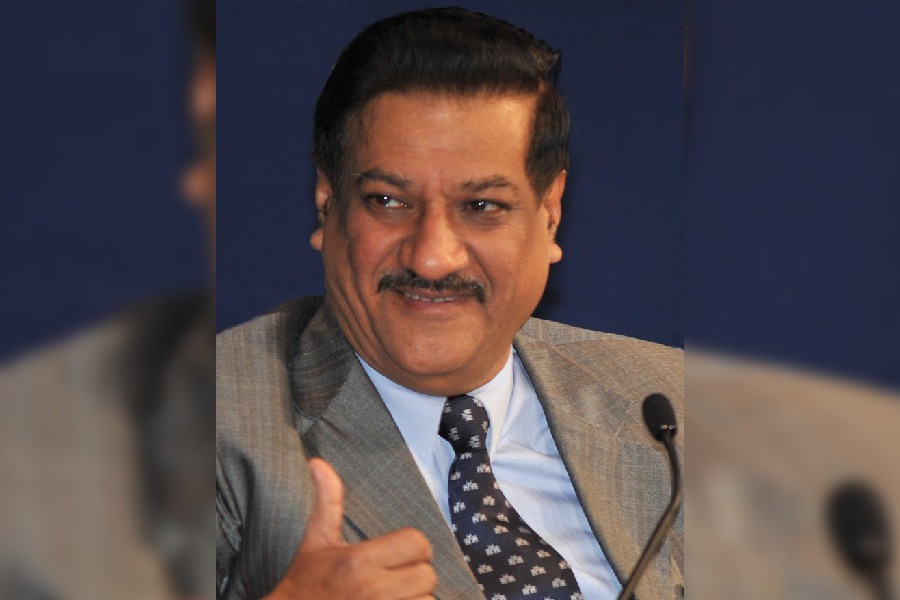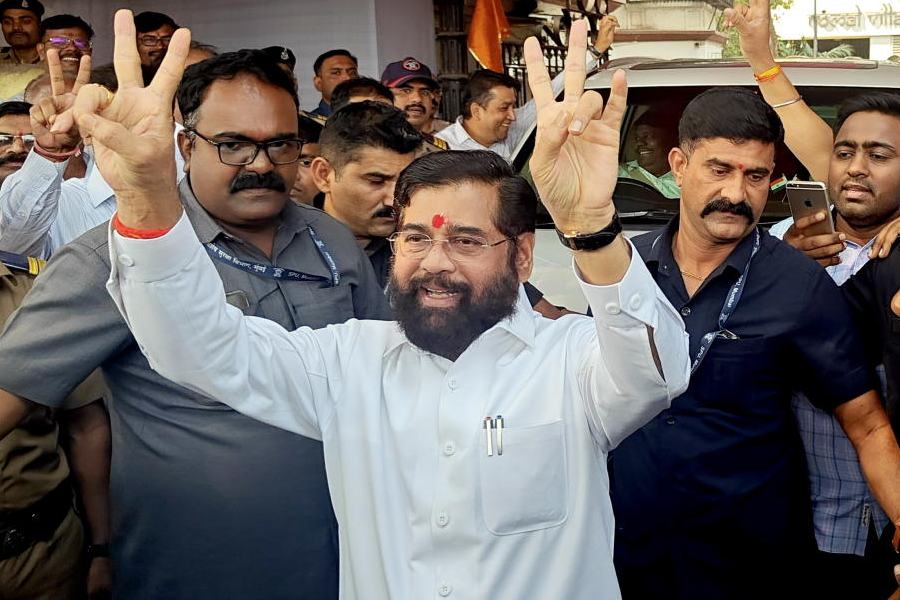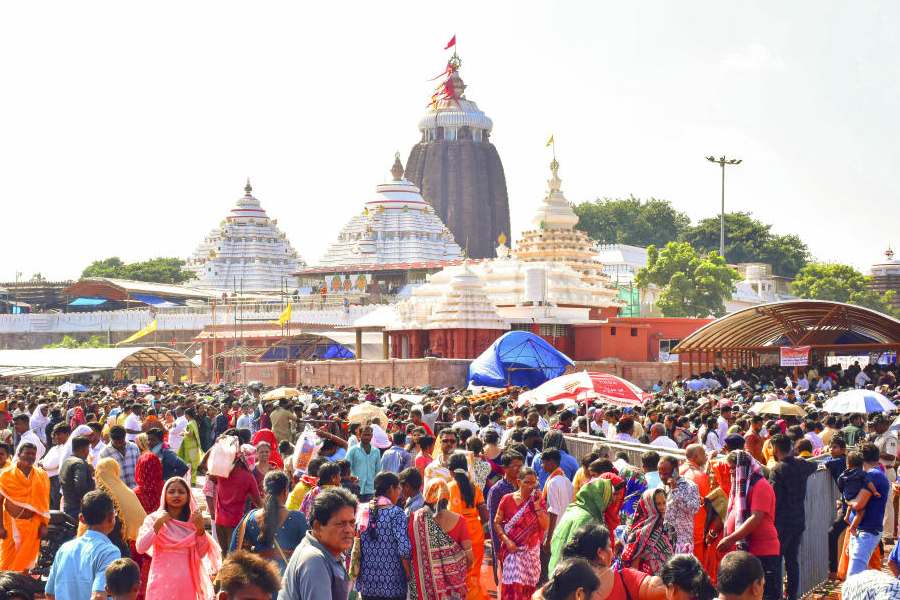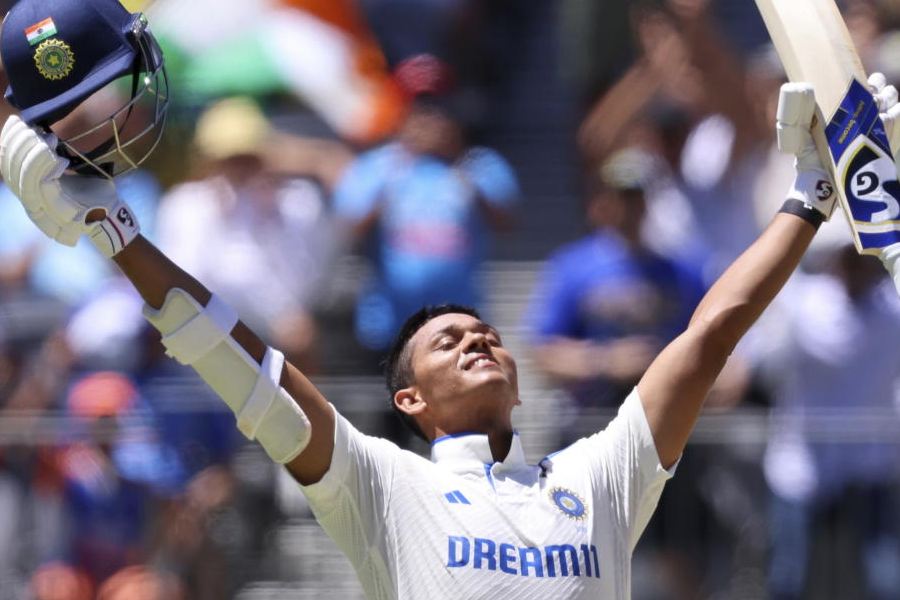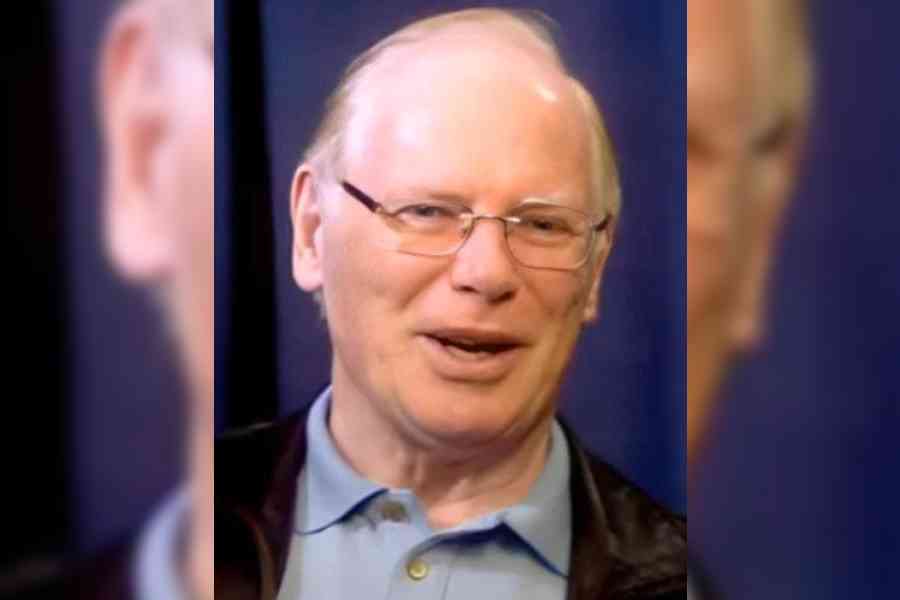Eight years after the foundation of the state of Israel, Moshe Dayan, the chief of staff of the Israeli military, stood close to the Gaza border to pronounce a eulogy for a 21-year-old Israeli security officer slain by Palestinian and Egyptian assailants.
“Let us not today cast blame on his murderers,” he said in 1956. “What can we say against their terrible hatred of us? For eight years now, they have sat in the refugee camps of Gaza and have watched how, before their very eyes, we have turned their land and villages, where they and their forefathers previously dwelled, into our home.”
His short speech, a little longer than Lincoln’s Gettysburg Address and a powerful reference for Israelis, is perhaps recalled less for this insight into Palestinian anger than for Dayan’s resolute conclusion.
“Without the steel helmet and the cannon’s maw, we will not be able to plant a tree and build a home,” he said.
Today, 67 years later, at a time when Jews have again lost their lives to Palestinian gunmen at the same kibbutz, Nahal Oz, that Roi Rotberg guarded, Dayan’s explicit evocation of the sources of Palestinian “hatred and desire for revenge” remains rare in Israel. Many Israelis have preferred to avert their gaze from the rage at their doorstep.
In the same way, Palestinian insight into the devouring specters of antisemitic persecution awakened in Jews by the October 7 Hamas terrorist attack appears negligible. Mutual empathy is very hard to find.
“Each side begs for the status of five-star victim,” said Mohammad Darawshe, the director of strategy at the Givat Haviva Center for Shared Society in Jerusalem, which promotes Jewish-Arab dialogue. “If you are stuck in victimhood, you see everyone else as victimizing and dehumanising.”
The consequence is a psychological chasm so deep that Palestinians are invisible as individuals to Israeli Jews, and vice versa. There are exceptions, of course: Some Israelis and Palestinians have dedicated themselves to bridging that divide. But generally, the narratives of the two sides diverge, burying any perception of shared humanity.
The 1948 Arab-Israeli war, known to Israelis as the War of Independence, is the Nakba, or catastrophe, to Palestinians. Nakba vies with Holocaust as each side invokes “genocide”.
The relentless weaponisation of history goes all the way back to biblical times and the divergent fates of the estranged sons of Abraham — Isaac, the patriarch of the Israelites, and Ishmael, a prophet of Islam.
“On October 7, Hamas trampled on every sensitive nerve in the Israeli psyche,” said Itamar Rabinovich, a former Israeli ambassador to the US. “Hatred, fear and anxiety are now at their most extreme. But in the end, there are two peoples coveting the same land, and two sides to the story you have to try to see.”
The demonisation knows no bounds. Since the Hamas attack last month, Yoav Gallant, the Israeli defense minister, has spoken of fighting “human animals.” Ismail Haniyeh, the head of the Hamas political bureau, has described Israel as “neo-Nazis supported by colonial forces”. Benjamin Netanyahu, the Israeli prime minister, has in turn called Hamas “the new Nazis.”
One Israeli lawmaker, Ofer Cassif, has alluded to “pogroms” against Palestinians to describe the relentless Israeli bombardment of Gaza, a word whose specific historical meaning is the slaughter of Jews and a word that many Israelis have used to describe the killing by Hamas of some 1,200 people last month, according to Israeli authorities.
Of course, wartime propaganda describing enemies as monstrous is not confined to West Asia. The US portrayed the Japanese as subhuman during World War II, and the Japanese represented Americans as deformed brutes.
But something in the Israeli-Palestinian confrontation — two peoples located at the nexus of places holy to Judaism, Islam and Christianity — imbues the conflict with a peculiarly ferocious charge resistant to every attempt to tame its potency.
“After 76 years, Israelis and Palestinians have only one thing in common: the sense of living beside people who want to kill you,” said Rula Daoud, a Palestinian Israeli who works to promote peace as a director of an organisation called Standing Together.
In general, the decades since the collapse of the Oslo Accords in 1993 have accentuated the psychological gulf. Day-to-day interaction between Israelis and Palestinians in the West Bank and Gaza has been drastically reduced by walls and fences in a push for physical separation.
Almost forgotten are the Palestine Liberation Organisation’s recognition in 1993 of Israel’s right to exist in peace, and Prime Minister Yitzhak Rabin’s determination to pursue that peace, a decision that cost him his life in 1995 at the hands of an extreme Right-wing Israeli assassin who said he acted “on the orders of God”.
These were the ephemeral glimmerings of shared humanity, soon quashed.
In the intervening decades, Hamas and the ultranationalist religious Israeli right have each extended their influence. The conflict now involves fundamentalist religious ideologies, distinct in critical regards but equally convinced that all the land between the Mediterranean Sea and the Jordan river has been deeded to them by God. Absent recognition, dialogue, or understanding, blood flows. Rabinovich, the former Israeli ambassador, said he had seen a video of a Hamas gunman involved in the October 7 massacre.
The gunman phones his father back in Gaza and says: “I am on the other side killing Jews. They cannot live happily when we live the way we live.”
The Palestinian hatred Moshe Dayan perceived and vowed to resist by being “prepared and armed, strong and determined”, grows still, fed by Israeli oppression, fencing-off and control, as well as chronic Palestinian misgovernment.
Palestinians in Gaza, whose dead number more than 12,000 according to the health ministry in Gaza, fear annihilation.
These fears are met by the “Never Again” of Jewish people who know the meaning of genocide in the form of the Holocaust and seek through the foundation of their own state to put an end to millennial persecution.
New York Times News Service


